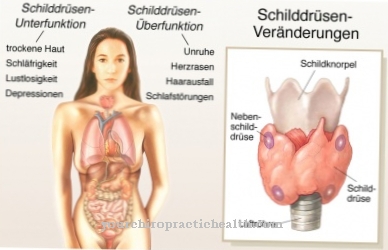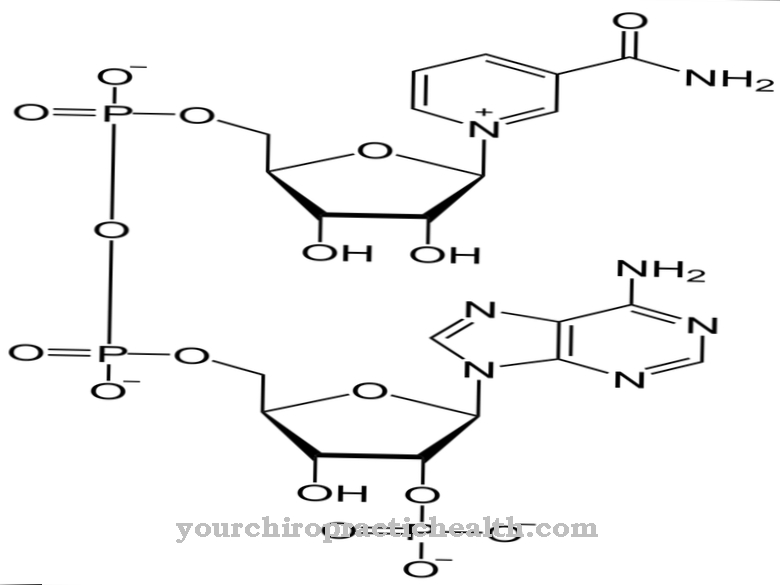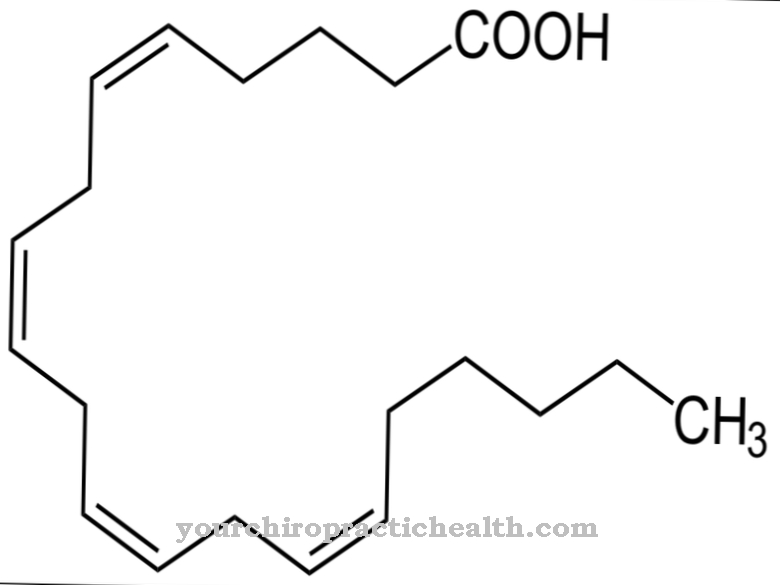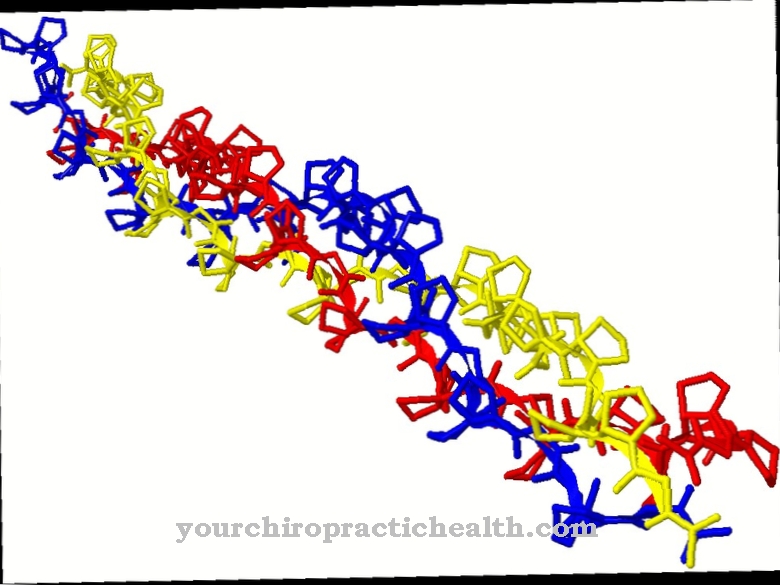"Why is the blood red?" - This question is often asked by small children and the parents usually do not know the correct answer with which they can explain this phenomenon. Erythrocytes (also colloquially Red blood cells called) are the decisive factor that keeps the blood red and healthy.
What are erythrocytes?

The blood contains solid and liquid components. For the intense red color of the blood are the red blood cells or the Erythrocytes responsible. Without the erythrocytes, the entire organ systems of the body would not be able to survive.
In addition, the erythrocytes come from a special maturation process, the so-called erythropoiesis. Only completely mature erythrocytes may be flushed out of the blood-forming organs, for example the bone marrow.
The formation of blood in the erythrocytes is hereditary. If there are genetic defects, malformed erythrocytes appear.
Measure blood values, blood tests & erythrocytes
The quantity of Erythrocytes in the blood varies according to gender.A number of 4.7 to 6.4 million erythrocytes per microliter of blood is given as normal values for men. In healthy women, this parameter is between 4.0 and 5.6 million cells per microliter of blood.
In connection with the erythrocytes, diagnostically relevant factors such as hemoglobin and hematocrit are determined. These are used to calculate further parameters. Healthy people, in this case men, have a hemoglobin content of 13.6 to 17.4 g / dl blood, women slightly less, 12.0 to 15.1 g / dl blood. The hematocrit, which records the percentage of blood cells, especially erythrocytes, ranges between 42 and 55%, and in women between 36 and 46%.
An additional laboratory test that examines the quality of the erythrocytes is the complete blood count with a so-called differential smear. This detects any immature erythrocytes that may appear in the blood. When an erythrocyte moves in the bloodstream, it roams all organs through the veins, arteries and microfine capillaries and reaches an age of approximately 130 days. Then the erythrocyte is broken down in the liver and its remains are excreted in the urine and stool.
Function, effect & tasks
During his life is a Erythrocyte constantly busy with the transport of oxygen and the removal of carbon dioxide. The blood cell fulfills this task with its own hemoglobin (which makes the blood red due to an iron content that is bound to a round protein body).
Hemoglobin is also known as the red blood pigment and has the ability to bind oxygen from the pulmonary capillaries and release it again in the tissues. Instead of oxygen, the erythrocyte absorbs carbon dioxide, carries it to the pulmonary capillaries and exhales. The oxygen partial pressure is of great importance in this context.
The regulation of blood pressure is another function of the very small erythrocytes. In addition, the erythrocytes equally affect the flow of blood. If there are disturbances in the maturation of the erythrocytes as well as abnormalities in their nature, special blood diseases occur.
Diseases
The diagnostics of the blood, especially the Erythrocytes, aims to detect disorders of the red blood system such as anemia or anemia, polyglobulia (excess red blood cells), and irregularities in a patient's water balance.
One of the very specific diseases that can occur in connection with the erythrocytes is blood loss with a chronic course, which can be the cause of continuous, unnoticed bleeding over a long period of time. In the case of erythrocytes as well as leukocytes, the deficits that can occur in the production of blood cells within the maturation stages and the quantity are important. In addition to these diseases, kidney diseases can cause anemia, which in the form of renal anemia leads to a shortage of erythrocytes.
In addition, typical symptoms can point to an insufficient supply of erythrocytes with iron in the form of iron or vitamin deficiency anemia. Certain types of cancer and blood cancer may affect the erythrocytes equally. Diseases of the erythrocytes also include polyglobulia, temporary sickle cell anemia and an abnormally increased discharge of immature erythrocytes into the blood.
Typical & common diseases
- Hemolysis
- Anemia (anemia), iron deficiency anemia
- Renal anemia
- Sickle cell anemia



.jpg)




















.jpg)



